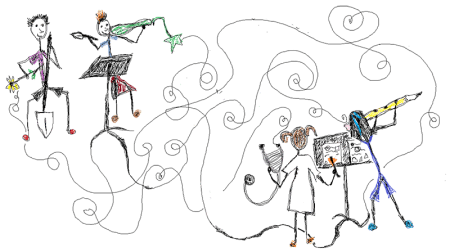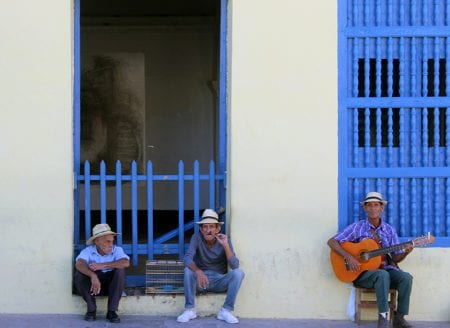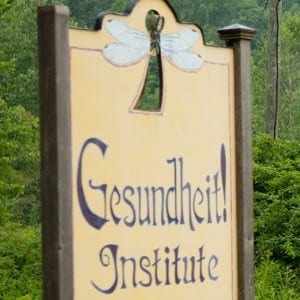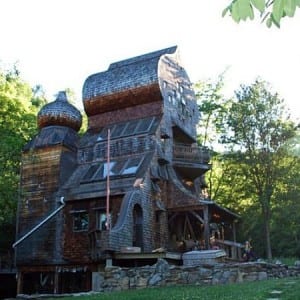Thank you for your interest in School for Designing a Society, and in Wormhole 2.0. The current session of Wormhole is coming to a close Saturday December 11-12. We will be posting information about next sessions and experiments, at the beginning of January 2021. Looking forward!
We want to address both our neighbors and our distant neighbors who, living in the current social system, find that this system maintains itself at the expense of its members so that misery, poverty, hopelessness, violence, and human degradation are daily occurrences.
We want to address this current moment of shifting possibilities, unsteady realities, and the unintentional and intentional creation of new systems of being together and apart: in opposition, in proximity, in solidarity, in collaboration. We want to address pandemic, protest, police, pollution, and problem.
We question: How can the problems we didn’t want lead to the solutions we do want?
We invite you: To join us in searching together for problems into whose solution we can cram all–or at least some of–our desires.
In this 8-week collaboration we offer two ‘kinds’ of collaborative time: first, Blocks-of-Time-Together-with-
Ready, Set, Go!
1. ORCHESTRA TIME: Be part of the entire Wormhole group (@40 participants) for three weekend blocks of times one month apart on the following dates:

These blocks of time will offer:
We consider these three intensive blocks of time as a kind of ‘ ORCHESTRA’ collaboration—where our entire group shows up, and ‘plays’ together via conversation, discussion, performance.
2. MEET WITH YOUR QUARTET: Between these three blocks of time, meet regularly as ‘QUARTETS’+ of four or possibly five or six players. Your QUARTET will be comprised of you and your STAND PARTNER(s) [a person or two who is geographically close to you, who you could share sheet music with if you wanted to, but don’t have to ever be in the same room with if you don’t want to] and another pair or trio of STAND PARTNERS who are geographically distant from you and your STAND PARTNER(s).
For example:
Ben and Lola are STAND PARTNERS: they both live in New Orleans and want to work on their non-hierarchical radical music label.
Tayloranne and Daniel are STAND PARTNERS: they both live in Arcata at an artist-run collaborative space and community center.
Ben, Lola, Tayloranne, and Daniel are a QUARTET. They decide they want to meet once a week and use their time together to share and work on their respective projects together, as well as to collaborate on a video-visual-fabric-art piece within their quartet.
 We ask that you seek out and invite a STAND PARTNER that is in your town, city, or community. We are seeking a hybrid of online and in-person collaboration, and hope that STAND PARTNERS will find collaboration within your QUARTET of geographically close and with geographically distant STAND PARTNERS useful to the creation or continuation of your projects in your homes and communities. If you need help finding a STAND PARTNER, let us know.
We ask that you seek out and invite a STAND PARTNER that is in your town, city, or community. We are seeking a hybrid of online and in-person collaboration, and hope that STAND PARTNERS will find collaboration within your QUARTET of geographically close and with geographically distant STAND PARTNERS useful to the creation or continuation of your projects in your homes and communities. If you need help finding a STAND PARTNER, let us know.
The QUARTET’S purpose is to offer some company, conversation, and the regularity of meetings to what you want to work on and want to discuss. A collection of assignments will be available to you to take up, add to, or ignore, as you see fit. How often, and for how long you meet is up to you, as is how you structure your meetings.
In a world of abundance, everyone has as many stands as they want, but sometimes it is still good to share notes.
Note: The terms ‘ORCHESTRA’, ‘QUARTET’, ‘STAND PARTNER’ are figures of speech meant to emphasize the kinds of groups interactions—NOT to indicate that collaborators need to have been musically trained.
What will we be collaborating on? The collaboration centers on the question “What would I consider a desirable society?” In the collaborating groups, this question is given serious playful thoughtful discussion and taken as an input to creative projects designed by you and your fellow collaborators.
We offer Wormhole 2.0 ~ A Rhythm of Collaboration on a donate-what-you-can basis via the direct paypal link below. Suggested Donation is $0-$90, pay what you can.
Registration consists of 2 parts.
Have Questions? Need some Help? For more information contact The School for Designing a Society (SDAS)
SDAS was established in 1991, as a project of teachers, performers, artists, care givers, and activists. It as an ongoing experiment in making temporary living environments, where we intersect the formats of classroom, commune. performance ensemble, and activist group.

Gesundheit hosts events focused on education—at the site of the future hospital and elsewhere.

Gesundheit offers an inspiring natural environment, sleeping arrangements, meeting spaces...

Funny Times is a monthly cartoon and humor newspaper for a world gone weird.
Tickle your funny bone and support a great cause at the same time!
Patch Adams MD & Gesundheit Institute, P.O. Box 307, Urbana, IL 61803
© Copyright 2024 Gesundheit! Institute

